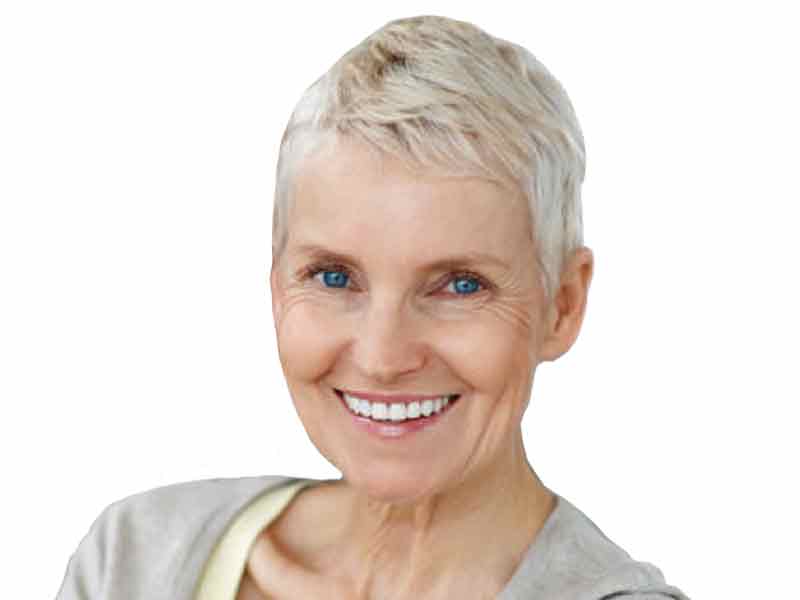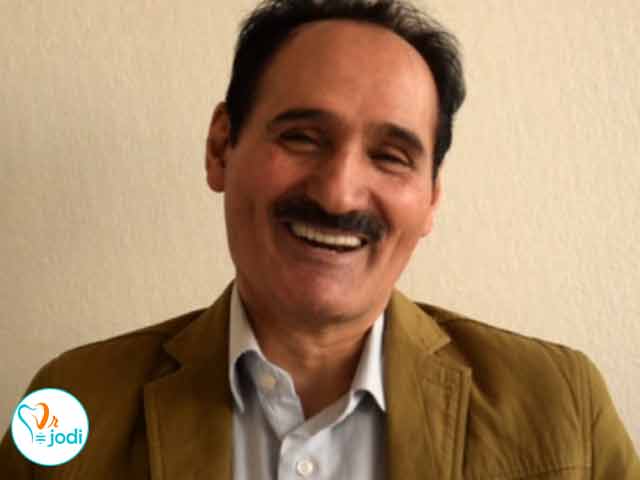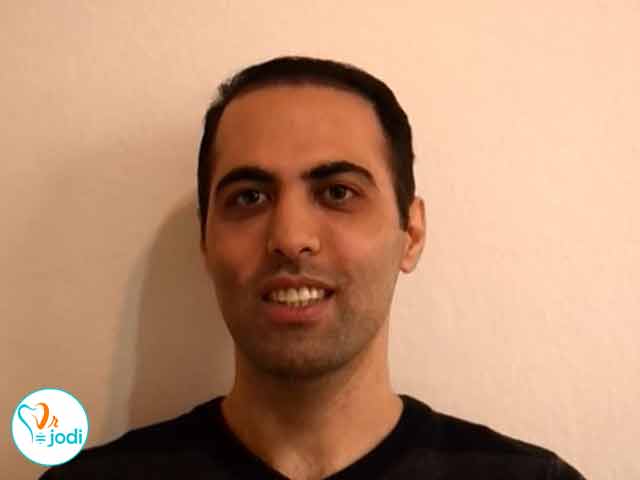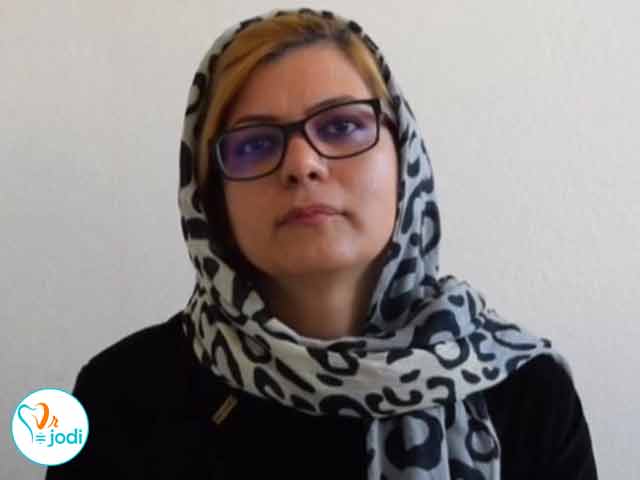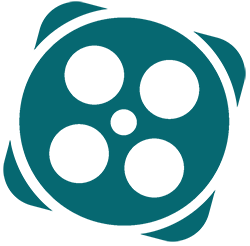Menopause

Menopause

The life expectancy of women is up to 80 years old, so many women account for 40% of their lives during menopause. This group consists of a large number of patients exhibiting certain clinical manifestations, so we should be aware of the effects of reducing hormones on the periodontal tissue and of the systemic manifestations that may occur.
Oral changes
It is important for Clinicin to be aware of the effect of hormonal changes on the oral cavity and its cytomic and psychological changes. Oral changes in menopause include thinning of the oral mucosa, mouth discomfort (oral burning), gingival analysis, dry mouth, and rheumatic rupture of the alveolus. Sex hormones fluctuations during menopause are thought to be a form of hypertrophy or atrophy as a factor in inflammatory changes in human gums. Estrogen affects the reproduction, differentiation and keratinization of the epithelium of the gum. Certain hormone receptors have been identified in the basal and spiny layers of epithelium and connective tissue that have been implicated in targeting the gums and other oral mucus as target tissues to manifest hormonal disorders. Sex steroids have direct effects on connective tissue Estrogens increase the content of intracellular fluid.
Lack of estrogen can reduce collagen formation in connective tissue and cause insufficient thickness of the skin. Changes in the tissues affected by collagen, such as joints of the hair, nails and glands, also occur. In 1996, Mohammed and colleagues reported significant increases in postmenopausal patients with low bone density. Osteoporosis and Osteopenia are associated with postmenopausal patients. Osteopenia is a decrease in bone mass due to an imbalance between bone resorption and bone formation. Analysis leads to demineralization and osteoporosis Osteoporosis is a disease that is characterized by bone loss, brittleness, and increased fracture risk. It is known that it is about 20 to 30 years old, and this stage is reduced later. Menopause causes a sharp decrease in bone density. It has been estimated that about 25 million people in the United States are affected by osteoporosis, of which 80% are women. Current studies examined the association of postmenopausal primary post-menopausal osteoporosis with maxillary mandibular bone mineralogy, tooth loss, alveolar ridge atrophy, and clinical loss of periodontal adhesion. The effects of HRT replacement therapy and ERT replacement therapy on oral bone and tooth loss are under investigation. The latest evidence highlights the likelihood of association between osteoporosis and tooth loss and alveolar bone resorption.
Clinical care
It is the responsibility of the Clinicians to review the medical history of the patient and record the latest information and changes in the patient. Due to possible changes in soft tissues, perimenopause and postmnopause, and appropriate questions about hormonal changes, it should be done and recorded. Many treatments for HRT / ERT have been prescribed from prescribing drugs to complete procedures that require sequencing. Many drugs may alter the coagulation time, prolong the effects of other drugs, and interfere with the absorption or effect of prescription drugs. If thinning of the gum and mucus occurs, reconstruction and strengthening of soft tissue may be performed. Tooth brushing with a super soft toothbrush using its tip or softest part may prevent it from burning and wounding a thin gingiva.
Toothpastes with minimum abrasive components should be used. Washing should be done with a minimum alcohol concentration. In protecting periodontal tissue, the root surfaces should be gently cleansed with minimal damage to the soft tissue. Oral pains may be due to tissue thinning, dry mouth, inadequate mineral intake, or hormone depletion. It has been observed that these symptoms are significantly reduced when patients with these oral symptoms are placed in a HRT condition. Whenever a condition is susceptible to osteoporosis (caused by menopause, women, asians or white people, smokers, with minimal physical activity, reduced calcium intake, people weighing less than 58 kg, people susceptible to systemic disease and genetic history), consult with a doctor He is required for the harm or benefit of HRT / ERT and calcium / vitamin D derivatives for this patient. Sodium fluoride, alendronate bisphosphonate, selective estrogen receptor and parathyroid hormone may be among other possible treatments for patients with osteoporosis. In 1994, the NIH Conference on Calcium Intake prescribed 1000 mg of calcium per day for premenopausal women and 1500 mg per day for premenopausal women (3-37 BOX).
Results
Clinical periodontal treatment involves recognizing our duty to the full health and recovery of our patients. We do not treat topical infections without affecting other systemic agents, including the fetus in the mother's womb or breast-feeding baby. Therefore, the sick women may exhibit periodontal and systemic aspects that alter the treatment plan. The periodicity of female sex hormones is often reflected in the gum tissue as early symptoms and symptoms. Our medical history and discussion with the patient should include careful examination of the patient's individual problems and needs. The questions raised should be hormonal stability and medications Which are related to the regulation of the hormone. Patients should be trained in relation to the perceptible effects of sex hormones that may affect periodontal and oral tissues and the continuing need for relief of local stimuli at the office or home. Research on women's issues and periodontal drug treatment is ongoing. In the near future, information about specific care and the cause of sex hormonal infections will increase our ability to provide quality care to patients.

People who viewed this page also visited:
What are the dental implant treatment stages?
Implant Professional Center in Tehran
The best implant expert in Tehran
The best implant center in Tehran
What is immediate loading of dental implants?
Implant problems and implications
Force direction and its relationship with the implant body design
Unsuitable cases for dental implant
The geometry of the implant and its relationship with occlusal forces
The relationship of the implant body and functional surface







